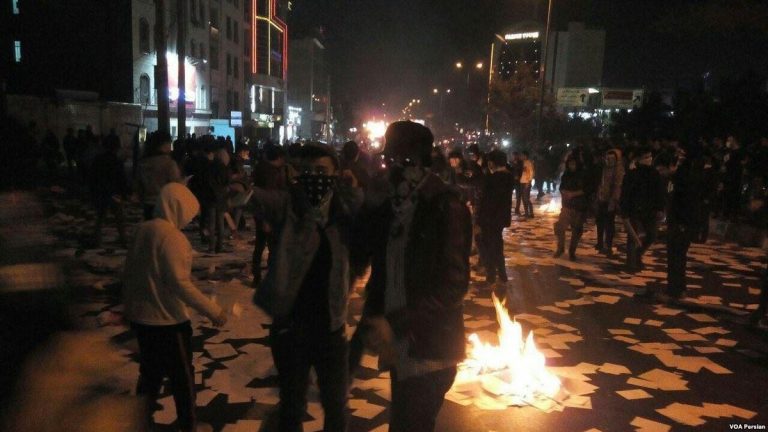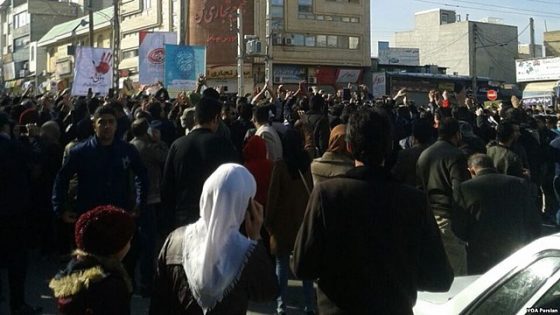
- Dr. James M. Dorsey
- August 26, 2018
- Paper No. 931
Iran has raised the specter of a US-Saudi effort to destabilize the country by exploiting economic grievances against the backdrop of circumstantial evidence that Washington and Riyadh are playing with scenarios for stirring unrest among the Islamic Republic’s ethnic minorities.




